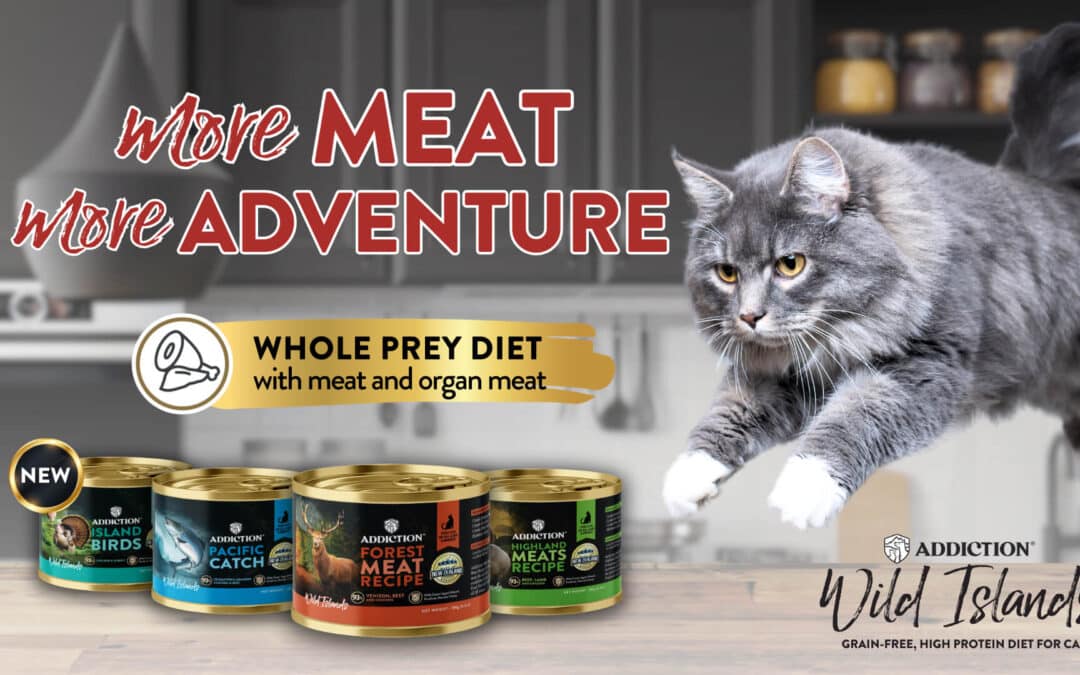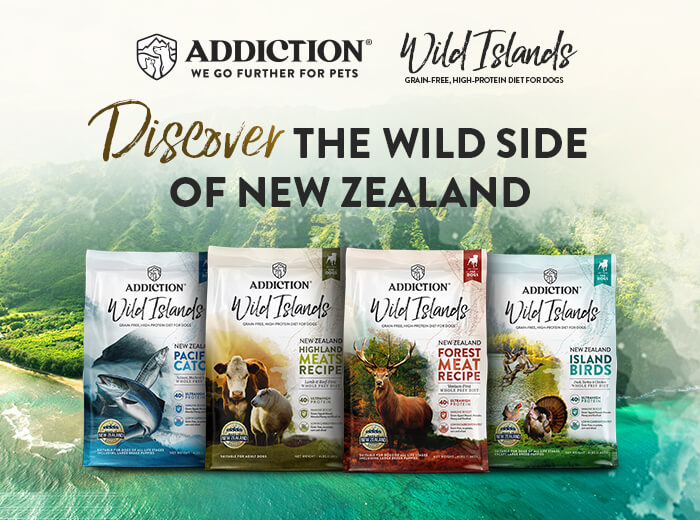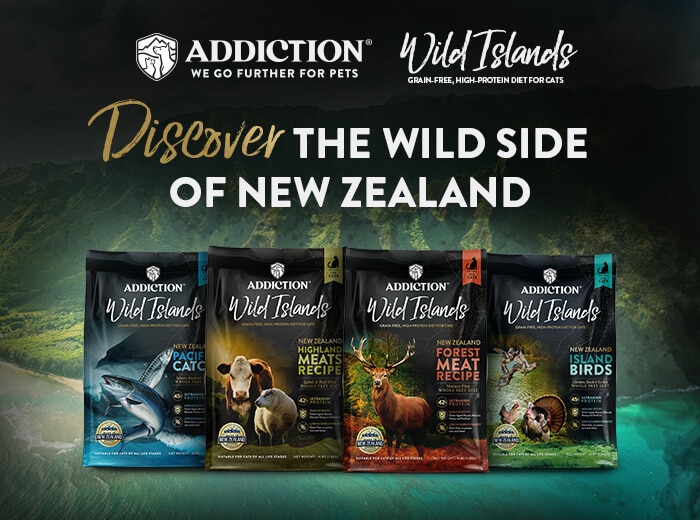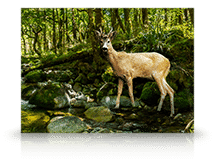Is your dog itchy? Scratching himself constantly? Missing hair? Chewing on his paws? All of these are signs that it may be time for you to consider a new diet for your dog. Let’s take a deeper look into what could be causing your dog to lose it’s hair.
Why Does My Dog Have A Bald Spot?
- Ringworm or other infestation – Ringworm leaves circular, red marks with a crust around it. Mites cause overall itching and can cause hair loss. Your vet will prescribe antibiotics and special shampoos to take care of any infections.
- Allergies – Some dogs have allergies, either to external things such as trees, grass or pollen or to an ingredient in their food. This can cause itching, inflammation and hair loss.
- Food Sensitivity – Though the reactions might look like an allergy, a food sensitivity can be caused by eating the same food every day, eating a food with low quality ingredients or eating a food that has an ingredient that does not agree with your dog. Some dogs have an intolerance to certain ingredients, much like an intolerance to lactose in humans.
How Changing Your Dog’s Diet Helps
If you’ve ruled out possible bacterial infections, a change in your dog’s diet could help with that bald spot, even if your dog suffers from seasonal allergies. Food doesn’t just give your dog energy, it is the building block for your dog’s health.
If you are feeding your dog a food that is low quality or even a high quality food that might have an ingredient that your dog cannot tolerate, it causes internal inflammation. Once your dog has internal inflammation, if you continue feeding the food it will develop into external inflammation. What is external inflammation? Itching, scratching, chewing on paws, bald spots, red bumps. Most skin and coat problems are signs of external inflammation which is caused by internal inflammation.
Changing Your Dog’s Food
Look for foods without chemicals, artificial colors, artificial flavors or . If you’re already feeding a good quality food, then it’s time to check out the ingredients. If you’ve been feeding the same food for a while, it may just be time to make a switch. If your dog has been eating beef, consider a fish based food. If your food has grains, you might try a grain free diet.
After switching foods, you should notice improvement in the first few weeks. It may take longer for your dog’s hair to grow back in but other symptoms should be disappearing. Sometimes you have to try a few foods before you find the right combination. Keeping a food journal can help you remember what foods and ingredients you’ve already tried.
Have more questions? Send us an email at Addiction Foods. We’re always happy to help.













